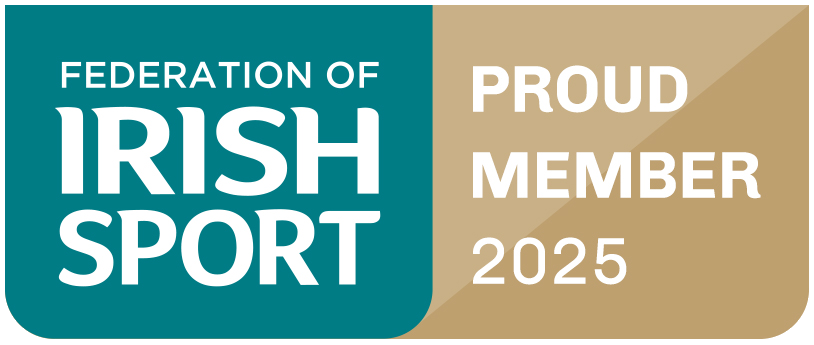The History of Olympic Handball
.png)
European Handball, or Olympic Handball, is a dynamic team sport with an international history that stretches back over a century. Known for its fast pace and high scoring, Olympic - or European - Handball has solidified its place as a staple in the Olympic Games. Want to know how the best team sport in the world was created?
A History Of Handball
Games similar to Olympic Handball have been played in various forms across different cultures globally for a really long time. These games were typically played on fields of a size comparable to a modern handball court, each with a unique set of rules. Some involved getting into a certain zone with a ball, others shooting at a hoop or net, and some involved throwing the ball at a goal in similar ways to how we play Olympic Handball today.
In the early 20th century, the first formalised rules for handball-like games emerged, particularly in Scandinavia and Germany. So the sport as we know it today was shaped by these contributions, particularly through rules standardised in Denmark.
Where is handball most popular today?
Olympic Handball is most popular in Europe, with particularly strong followings in countries such as Germany, France, Spain, and Scandinavia. The sport also has significant popularity in Eastern European countries like Hungary and Croatia. Outside of Europe, handball has a huge presence in countries like Brazil, Argentina, and South Korea. It’s well and truly an international sport!
Is there professional handball?
The short answer is yes! Many countries in Europe have professional handball leagues, with the German Bundesliga and the Spanish Liga ASOBAL being among the biggest. These leagues feature full-time, professional players and have large, passionate fan bases.
Is Handball an Olympic Sport?
Yes, handball is indeed an Olympic sport. It has been a regular fixture since 1972 and continues to be a big part of the Summer Olympics. The sport is governed by the International Handball Federation (IHF), which oversees both the Olympic competitions and other international handball tournaments.
Other forms of handball, such as Gaelic handball, are not played at the Olympic sports.
When did handball become an Olympic sport?
Field handball made its Olympic debut at the 1936 Games in Berlin as an outdoor sport. It was reintroduced as an indoor sport at the 1972 Munich Games when men's handball became an official Olympic sport, later followed by the inclusion of women's handball at the 1976 Montreal Games.
Since then, handball has been a permanent fixture in the Olympic program, with both men's and women's competitions.
Handball Olympics 2012 and 2016
At the 2012 London Olympics, handball captured wide attention. The men's tournament finished with France defending their title and winning the gold medal by defeating Sweden. On the women's side, Norway took home the gold medal after an intense match against Montenegro.
Four years later, at the 2016 Rio Olympics, Denmark won its first gold medal in men's handball by overcoming France, while Russia clinched the gold in the women's tournament by defeating France in a nail-biting final. These games showed the world just how exciting, fast-paced and nail-biting Olympic Handball can be!
Is Olympic handball a Gaelic game?
No, handball is not a Gaelic game. Gaelic games refer specifically to sports managed by the Gaelic Athletic Association (GAA), such as Gaelic football, hurling, camogie, and rounders. While the GAA also oversees Irish handball, which is a wall-based game similar to American racquetball, it is not the same sport as Olympic Handball.





